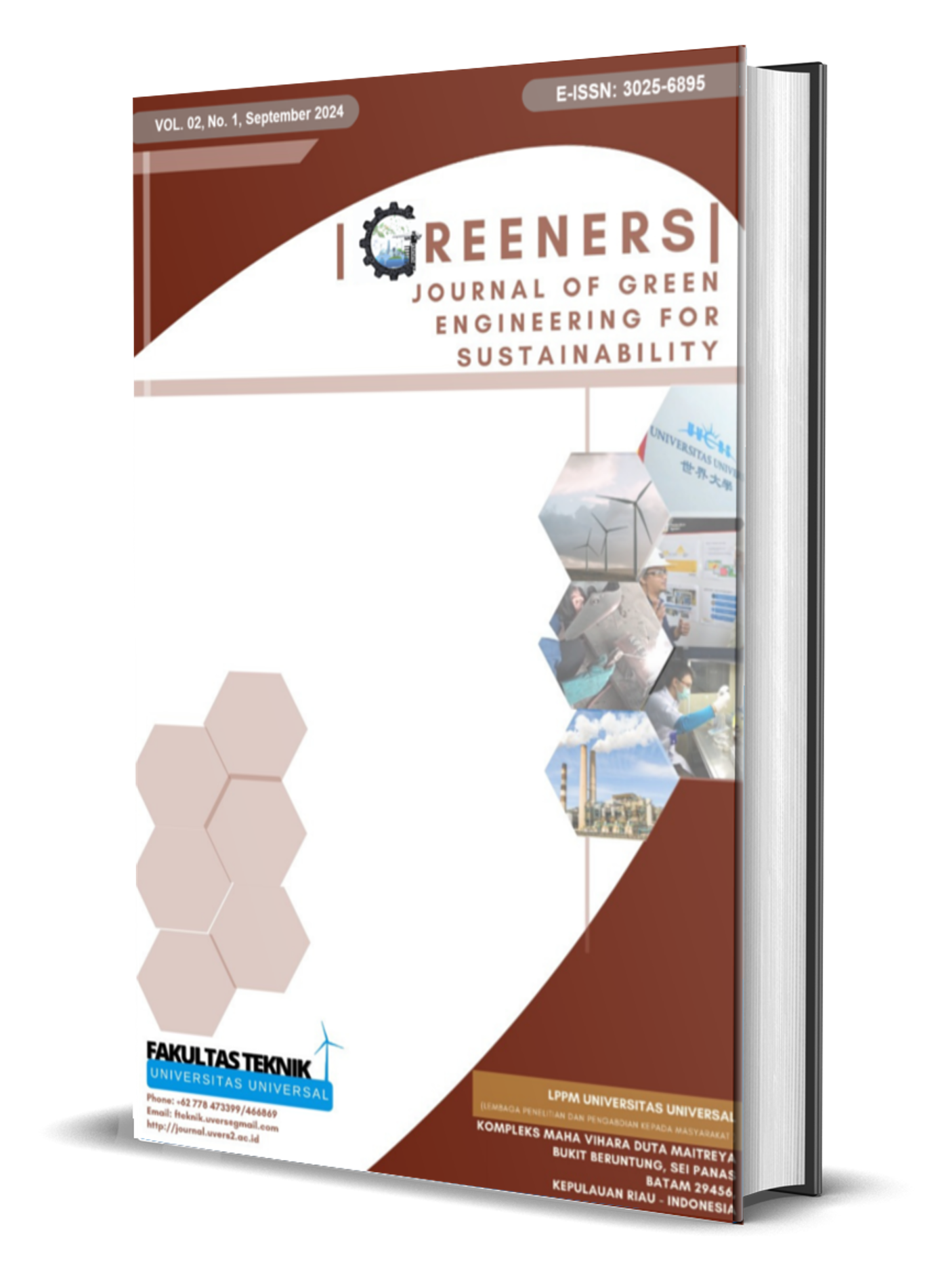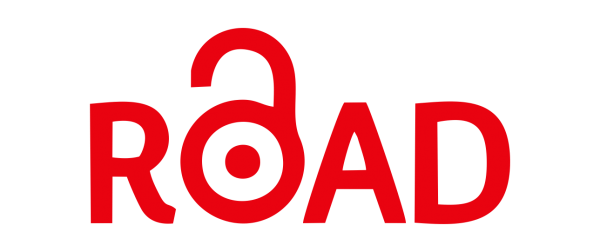Analysis Quality for Kernel Production with Seven Tools Method
DOI:
https://doi.org/10.63643/jges.v3i1.309Kata Kunci:
Quality Control, Seven Tools, Oil Palm IndustryAbstrak
In today’s era of rapid industrial advancement, the palm oil industry in Indonesia has experienced significant growth, intensified competition and prompting companies to enhance production quality to remain competitive. Predominantly acting as raw material suppliers, many palm oil companies, including those in Southeast Sulawesi, are required to meet stringent quality standards set by their domestic and international partners. One such company processes oil palm into crude palm oil (CPO), palm kernel, fibre, and kernel shell, with CPO and kernel being distributed to partner companies under strict quality agreements. A breach of these agreements, particularly in kernel quality, has led to penalties and potential termination of partnerships. Palm kernel oil (PKO), a high-value derivative, must meet quality criteria such as free fatty acid content, moisture, dirt content, and kernel integrity. Observations revealed recurring deviations from these standards, notably in excessive dirt content. This study aims to identify root causes of quality issues using the Seven Quality Control Tools method, supported by primary data including production outputs and interviews with workers. The analysis identified key contributing factors: inadequate adherence to machine efficiency guidelines by operators, sorting errors in raw materials, and mismatched or poorly maintained machinery. Corrective actions were proposed using 5W+1H analysis, emphasizing the need for operator compliance with efficiency protocols, improved raw material handling, and appropriate machine usage and maintenance to ensure consistent kernel quality aligned with agreed standards.
Referensi
H. Sihotang, S. Dahlia, S. A. Narendra, and A. Setiawan, “Optimization of Palm Kernel Unloading Queue Waiting Time at the Kernel Crushing Plant Using the Promodel Approach,” vol. 1, pp. 1–6, 2025.
H. M. Saragih and H. Rahayu, “Pengaruh kebijakan Uni Eropa terhadap ekspor kelapa sawit Indonesia,” JPPI (Jurnal Penelitian Pendidikan Indonesia), vol. 8, no. 2, p. 296, Jul. 2022, doi: 10.29210/020221377.
O. A. Pamungkas, A. Zaqi, and A. Faritsy, “PENGENDALIAN KUALITAS TALENAN KAYU DENGAN METODE SIX SIGMA DI PT HABE,” 2023. [Online]. Available: http://bajangjournal.com/index.php/JCI
A. Said, A. Akhmad, I. Sribianti, M. Natsir, and M. Maulina, “Analisis Pengaruh Produksi dan Luas Lahan Kelapa Sawit terhadap PDRB Sektor Pertanian: Pendekatan Regresi Linier Berganda menggunakan Data Sekunder 2013-2022,” Jurnal Ilmu Manajemen Sosial Humaniora (JIMSH), vol. 6, no. 1, pp. 46–56, Jul. 2024, doi: 10.51454/jimsh.v6i1.632.
“ASAM LEMAK BERBASIS MINYAK SAWIT DAN MINYAK INTI SAWIT: PROSES PRODUKSI DAN STABILITAS WARNA.”
A. Paramitha and R. Ekawati, “ANALISIS KARAKTERISTIK MUTU PALM KERNEL OIL (PKO) ASAL PT. PERKEBUNAN NUSANTARA IV UNIT USAHA PABATU,” 2022.
R. Triyogi, R. Magdalena, and B. Hidayat, “Mendeteksi Kematangan Buah Kelapa Sawit Menggunakan Convolution Neural Network Deep Learning,” Jurnal Nasional SAINS dan TEKNIK, vol. 1, pp. 22–27, 2023, doi: 10.25124/logic.v1i1.6732.
D. Levia, “Analisis Proses Produksi CPO Untuk Mengidentifikasi Faktor-Faktor Yang Mempengaruhi Kualitas Mutu CPO,” Jurnal Teknologi dan Manajemen Industri Terapan (JTMIT), vol. 2, no. 2, pp. 82–89, 2023.
E. Lisdayani and D. Ameliyani, “Dampak Industri Perkebunan Kelapa Sawit Terhadap Lingkungan Di Desa Paya Kulbi, Aceh Tamiang Impact of Palm Oil Industry Plantations on Environmental Ecosystems in PayaKulbi Village, Aceh Tamiang,” Pros. SemNas. Peningkatan Mutu Pendidikan, vol. 2, no. 1, 2021.
Unduhan
Diterbitkan
Cara Mengutip
Terbitan
Bagian
Lisensi
Hak Cipta (c) 2025 Sri Wahyu Nensi

Artikel ini berlisensiCreative Commons Attribution-ShareAlike 4.0 International License.
















